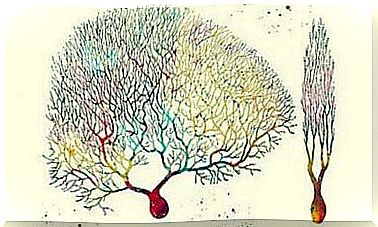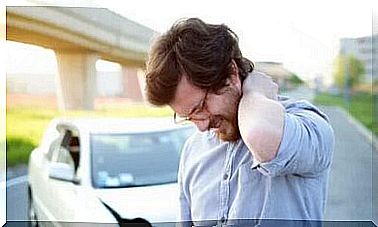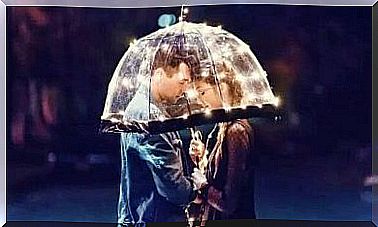Cycling: Why Don’t You Forget?

Why don’t we forget how to ride a bike? It’s a kind of reflex act. Even if we learned it in childhood, it reactivates regardless of whether two or fifteen years have passed since the last ride.
It is a learning that is not lost, it becomes automatic, just like swimming, tying your shoelaces or, even more, driving a car.
Let’s face it, there are few memories that evoke a feeling of success as the one in which we managed to ride the first few meters on a bicycle without anyone’s help, enjoying that feeling of freedom and speed. Of all the lessons we learn in life, this is one of the most exciting.
And it stays there. This ability remains etched for life in one corner of the brain. But why? What is the mechanism that allows some experiences to remain etched in the memory, while others are destined for oblivion?
We can erase images, conversations, data and a large number of experiences from our mind, while others remain indelible and available when needed.
Memory is a neuronal universe full of mysteries, even if, for some we already have an explanation.

Why don’t we forget how to ride a bike?
Arthur Schopenhauer argued that each of us has the maximum of memory for what interests him and the minimum for what does not interest him. And it is undoubtedly true that everything that has a significant and emotional component for us is easier to store in memory.
However, the answer to the question of why we don’t forget how to ride a bike has little to do with emotions or motivation.
To understand it better, let’s take a cue from the explanation given by Boris Suchan, neuropsychologist of the Department of Cognitive Neuroscience of the Ruhr University of Bochum in Germany: our brain stores every experience in two specific ways:
Procedural memory and its unconscious functioning
Memory is organized into short-term memory and long-term memory. The latter has two further types:
- Declarative memory : that is the type of memory that allows us to bring back to consciousness and voluntarily, facts, data or experiences of the past. We can remember, for example, who gave us the first kiss, who we met when we left the house this morning or the ending of our favorite book.
- Procedural memory: This includes all motor and executive skills acquired at any given time in our life. In this sense, skills such as writing, playing an instrument, swimming, driving or cycling are linked to this brain system of automated procedures (unlike declarative memory).
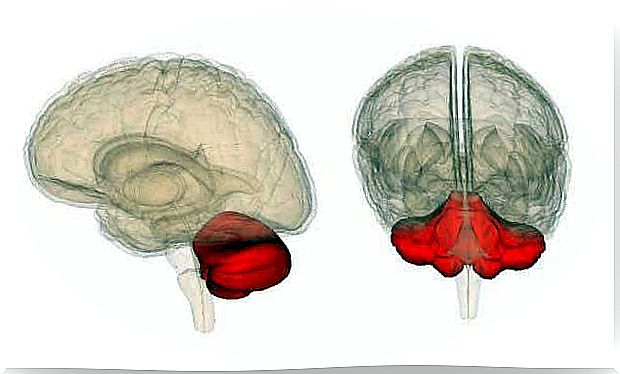
Why don’t we forget how to ride a bicycle: the role of the cerebellum
One of the first to be fascinated by the cerebellum was Leonardo da Vinci. So much so that it was he who coined this name in 1504, when in one of his nights dedicated to research on human physiology, he was intrigued by this area which he simply called “small brain ( cerebellum )”.
But what Leonardo did not know is that this structure is responsible for several essential functions for the human being. Thanks to the cerebellum we can write, use the cell phone, the computer, drive, swim, play an instrument, play or engage in our favorite sport.
And, of course, we owe it to the ability to remember forever how to ride a bicycle. This because:
- This structure controls both motor functions, coordination and balance.
- The Purkinje cells present in the cerebellum preside over motor and muscle memory, which facilitates the automatic movement of pedaling without having to voluntarily remember it.
- Neuroscience is currently demonstrating the importance of the cerebellum in various sports activities. As well as in all those functions that involve automatic learning. In this sense Richard Bergland, neurologist at Beth Israel Hospital in New York, was one of the first to point out the importance of this structure in our daily life.
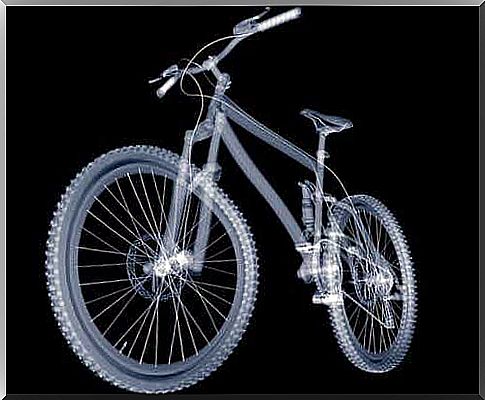
To conclude
The brain knows that there are certain activities to be acquired permanently to facilitate our adaptation to the environment. Imagine if we had to spend time every day remembering how to drive, how to send a message from the cell phone or how to move the body to run and cross on the pedestrian crossing.
The classic expression “it’s like riding a bicycle” shows that there are activities that, once learned, are hardly forgotten.
On the other hand, where we put the keys or which is the capital of Madagascar does not seem to have the same importance for the brain. And it is completely understandable.

